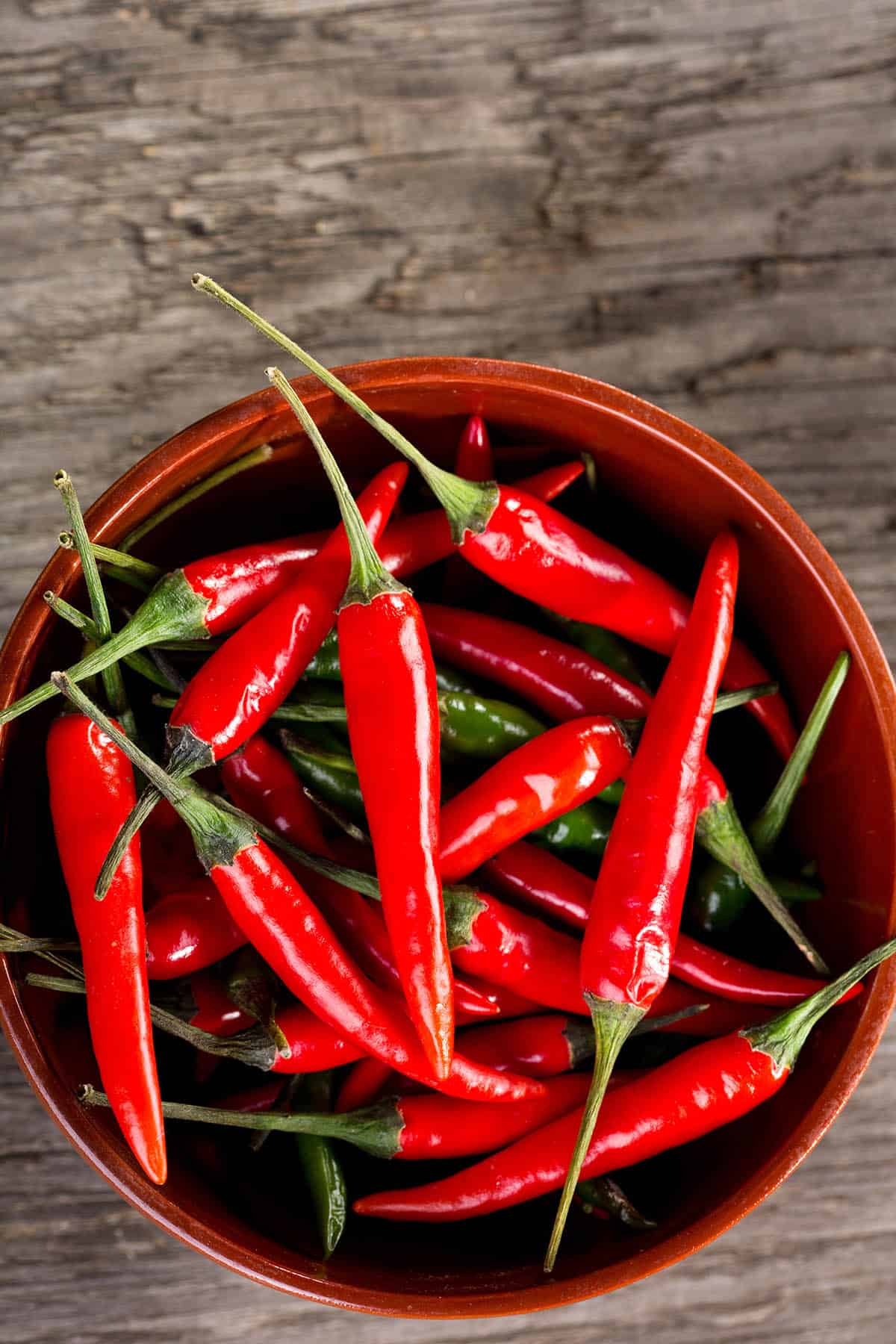

Articles
How To Store Chili Peppers
Modified: March 23, 2024
Learn the best practices for storing chili peppers in this informative article. Keep your peppers fresh and flavorful with our expert tips and advice.
(Many of the links in this article redirect to a specific reviewed product. Your purchase of these products through affiliate links helps to generate commission for Storables.com, at no extra cost. Learn more)
Introduction
Welcome to the world of chili peppers, where heat and flavor come together to create a delightful culinary experience. Whether you grow your own chili peppers or buy them from the local market, knowing how to properly store them is essential to preserve their freshness and taste for future use.
Chili peppers are not only versatile in the kitchen but also packed with health benefits. They contain capsaicin, a compound responsible for their spicy sensation, which can boost metabolism and reduce inflammation. With their vibrant colors and varying heat levels, chili peppers add a fiery kick to countless dishes, from Mexican salsas to Thai stir-fries.
In this article, we will guide you through the steps to store chili peppers properly, ensuring that they retain their quality and flavor for an extended period of time. Whether you prefer freezing, refrigerating, or preserving them, we’ve got you covered with easy and effective methods.
So, let’s embark on this spicy journey and learn the secrets of storing chili peppers to keep your dishes hot and delicious!
Key Takeaways:
- Preserve chili peppers in oil to infuse their spicy essence and extend their shelf life. Experiment with different flavors and enjoy the convenience of incorporating them into various dishes.
- Freeze chili peppers for long-term storage while retaining their flavor and heat. Use them directly in recipes without the need to thaw, adding a spicy kick to your culinary creations.
Read more: How To Store Thai Chili Peppers
Choosing and Harvesting Chili Peppers
When it comes to choosing chili peppers for storage, it is important to pick ones that are fully ripe. Look for peppers that have vibrant colors and are firm to the touch. Avoid peppers that have blemishes, soft spots, or signs of mold.
Harvesting chili peppers at the right time is crucial for their flavor and longevity. Most chili peppers can be harvested when they have reached their mature stage and have developed their full color. However, some varieties are best harvested when they are still green. It is recommended to consult the specific variety you are growing or talk to local experts to determine the optimal harvesting time.
When picking chili peppers, handle them carefully to avoid bruising or damaging the fragile skins. A gentle twist or cut at the stem should detach the pepper from the plant without causing any harm.
Remember, the flavor and heat level of chili peppers can vary depending on their maturity. If you prefer milder peppers, harvest them when they are still green. For hotter varieties, let them ripen and develop their full colors.
Washing and Drying Chili Peppers
Once you have harvested your chili peppers, it is important to properly wash and dry them before storing. Washing them will help remove any dirt, insects, or pesticides that may be present on the surface.
Start by rinsing the chili peppers under cool running water. Gently rub each pepper with your fingers to ensure thorough cleaning. If there are any stubborn dirt or residues, you can use a gentle vegetable brush to help remove them.
After washing, pat the chili peppers dry with a clean kitchen towel or paper towels. Make sure to remove all excess moisture to prevent the growth of mold or bacteria during storage.
Once dried, you can choose to air dry the chili peppers further by spreading them out on a clean, dry surface or using a food dehydrator. Air drying is a great option if you want to preserve the peppers for long-term storage or make chili pepper powder.
If you prefer a quicker method, you can also use an oven to dry the chili peppers. Preheat your oven to its lowest setting (around 140-150°F or 60-65°C). Place the chili peppers on a baking sheet lined with parchment paper, making sure they are evenly spaced and not touching each other. Leave the oven door slightly ajar to allow moisture to escape.
Allow the chili peppers to dry in the oven for approximately 6-8 hours, or until they are completely dried and brittle. Keep an eye on them to prevent them from getting burnt. Once dried, let them cool completely before proceeding with the storing process.
Freezing Chili Peppers
Freezing chili peppers is a simple and convenient method to store them for later use. Freezing helps to preserve the flavor, color, and heat of the peppers while extending their shelf life.
Start by preparing the chili peppers. Wash and dry them thoroughly as described earlier. Then, remove the stems and cut the peppers into desired sizes. Some people prefer to freeze whole peppers, while others prefer to slice or dice them depending on their recipes.
Next, you have two options for freezing the chili peppers:
- Flash freezing: Lay the prepared chili peppers in a single layer on a baking sheet lined with parchment paper. Place the baking sheet in the freezer and let the peppers freeze for a couple of hours until they are firm. This method prevents the peppers from clumping together, making it easier to access and use the desired quantity later on.
- Packaging and sealing: Alternatively, you can pack the prepared chili peppers in freezer-safe bags or airtight containers. Make sure to remove as much air as possible from the packaging to prevent freezer burn. Label the bags or containers with the date to keep track of their freshness.
Whether you choose to flash freeze or pack the chili peppers, it is important to handle them with gloves or wash your hands thoroughly afterward. The capsaicin in chili peppers can cause a burning sensation, especially when it comes in contact with sensitive areas like the eyes or mouth.
To use the frozen chili peppers, simply remove the desired amount from the freezer and use them directly in your recipes. There is no need to thaw them beforehand. Frozen chili peppers can be added to soups, stews, stir-fries, or any other dish that calls for a spicy kick.
Remember, frozen chili peppers will have a slightly softer texture compared to fresh peppers, but their flavor and heat will remain intact. It is recommended to use them within six months for the best quality, although they can be safely stored for up to a year.
Store chili peppers in a paper bag in the refrigerator to help them stay fresh longer. The paper bag will absorb any excess moisture and prevent the peppers from spoiling.
Storing Chili Peppers in the Refrigerator
If you prefer to have your chili peppers readily available in the short term, storing them in the refrigerator is a great option. This method allows you to enjoy the freshness of the peppers for up to a few weeks.
To store chili peppers in the refrigerator:
- Start by gently washing and drying the peppers as mentioned previously.
- Place the peppers in a perforated plastic bag or a ventilated container.
- Make sure to avoid tightly sealing the peppers, as they need some air circulation to prevent moisture buildup.
- Store the peppers in the crisper drawer of your refrigerator, where the temperature is slightly cooler and more humid.
- Keep the peppers away from any strong-smelling foods, as chili peppers can absorb odors easily.
It’s important to note that refrigeration can slightly dull the flavor and heat of the peppers over time. Therefore, it’s best to use refrigerated chili peppers within a few weeks for optimal taste.
When you’re ready to use the refrigerated chili peppers, remove the desired amount and rinse them under cool water before adding them to your recipes. Some people prefer to use the peppers while they are still cold, while others prefer to let them come to room temperature before cooking.
By storing chili peppers in the refrigerator, you can enjoy their flavors and vibrant colors for a longer period of time, ensuring that you always have a spicy ingredient on hand for your culinary creations.
Read more: How To Store Fresh Chili Peppers
Preserving Chili Peppers in Oil
If you’re looking for a flavorful and versatile method to store and use chili peppers, preserving them in oil is a fantastic option. Not only does this method allow you to extend the shelf life of the peppers, but it also infuses the oil with their spicy essence, creating a deliciously infused oil that can be used in a variety of dishes.
To preserve chili peppers in oil:
- Wash and dry the chili peppers thoroughly as described earlier.
- Slice or chop the peppers according to your preference.
- Place the prepared peppers in a clean, dry jar. Fill the jar about three-quarters full. You can mix different types of chili peppers to create a personalized blend.
- Add additional flavors if desired, such as garlic cloves, herbs, or spices. This step is optional but can add extra depth of flavor to the preserved peppers.
- Pour enough olive oil or any other preferred cooking oil into the jar to fully cover the peppers. Make sure the peppers are completely submerged under the oil to prevent any exposure to air.
- Seal the jar tightly and store it in a cool, dark place, such as a pantry or cupboard.
The chili peppers will slowly infuse their flavor into the oil over time. It is recommended to let the peppers marinate in the oil for at least a week before using them. The longer they sit, the more intense the flavor will become.
To use the preserved chili peppers, simply remove them from the jar using a clean utensil or your hands. You can use the peppers directly in your dishes, along with the flavorful oil. Be sure to refrigerate the jar after opening and use the preserved peppers within a few months for the best quality.
Preserving chili peppers in oil not only adds a delectable spicy kick to your recipes but also provides a convenient and flexible way to incorporate these fiery gems into various dishes, from pasta and pizza to marinades and dressings. Get creative and experiment with different combinations to discover your favorite flavor profiles!
Making Chili Pepper Powder
If you have an abundance of chili peppers and want to make the most out of them, turning them into chili pepper powder is an excellent option. This homemade spice can be used to add heat and flavor to countless dishes, from soups and sauces to rubs and seasonings.
To make chili pepper powder:
- Wash and dry the chili peppers thoroughly as mentioned earlier.
- Remove the stems and cut the peppers into small pieces. Remember to wear gloves or wash your hands thoroughly, as chili peppers can cause skin irritation and burning sensations.
- Spread the pepper pieces in a single layer on a clean, dry surface, such as a baking sheet lined with parchment paper or a dehydrator tray.
- Air drying method: Place the pepper pieces in a well-ventilated area or use a food dehydrator. Allow the peppers to dry completely until they become brittle and can be crushed easily. This process can take several days, depending on the humidity and temperature of your surroundings.
- Oven drying method: Preheat your oven to its lowest temperature (around 140-150°F or 60-65°C). Place the baking sheet with the pepper pieces in the oven and leave the door slightly ajar to allow moisture to escape. Let the peppers dry for 2-4 hours, or until they are completely dried and crispy.
- Once dried, transfer the pepper pieces to a spice grinder or a blender. Pulse or grind until you achieve the desired consistency, ranging from fine powder to coarser flakes.
- If desired, you can also add other spices, such as cumin or garlic powder, to customize the flavor of your chili pepper powder.
- Store the chili pepper powder in an airtight container in a cool, dark place, away from direct sunlight. This will help preserve the flavor, color, and heat of the powder.
Homemade chili pepper powder allows you to control the level of spiciness and customize the blend to suit your taste preferences. Experiment with different chili pepper varieties, such as cayenne, jalapeno, or habanero, to create unique and flavorful spice blends that will elevate your dishes to a whole new level of heat.
Conclusion
Properly storing chili peppers is essential to preserve their freshness, flavor, and heat. Whether you grow your own peppers or purchase them from the market, using the right methods will ensure that you always have a fiery ingredient at your disposal for adding a kick to your favorite recipes.
From freezing chili peppers to storing them in the refrigerator or preserving them in oil, there are various techniques you can employ based on your preferences and intended usage. Each method offers its unique advantages, allowing you to enjoy chili peppers throughout the year.
Remember to choose fully ripe chili peppers when harvesting and handle them with care to prevent any damage. Wash and dry the peppers thoroughly before proceeding with your chosen preservation method.
Whether you opt for freezing, refrigerating, preserving in oil, or making chili pepper powder, each method has its own benefits and applications. Freezing allows for long-term storage and easy access, while refrigeration is suitable for shorter-term preservation. Preserving in oil provides a flavorful and versatile option, and making chili pepper powder allows you to create your custom spice blend.
By following these guidelines and techniques, you can prolong the shelf life of your chili peppers, ensuring that you always have a supply of this spicy ingredient on hand. So, embrace the heat, experiment with different methods, and enjoy the vibrant flavors and fiery sensations that chili peppers bring to your culinary creations!
Frequently Asked Questions about How To Store Chili Peppers
Was this page helpful?
At Storables.com, we guarantee accurate and reliable information. Our content, validated by Expert Board Contributors, is crafted following stringent Editorial Policies. We're committed to providing you with well-researched, expert-backed insights for all your informational needs.
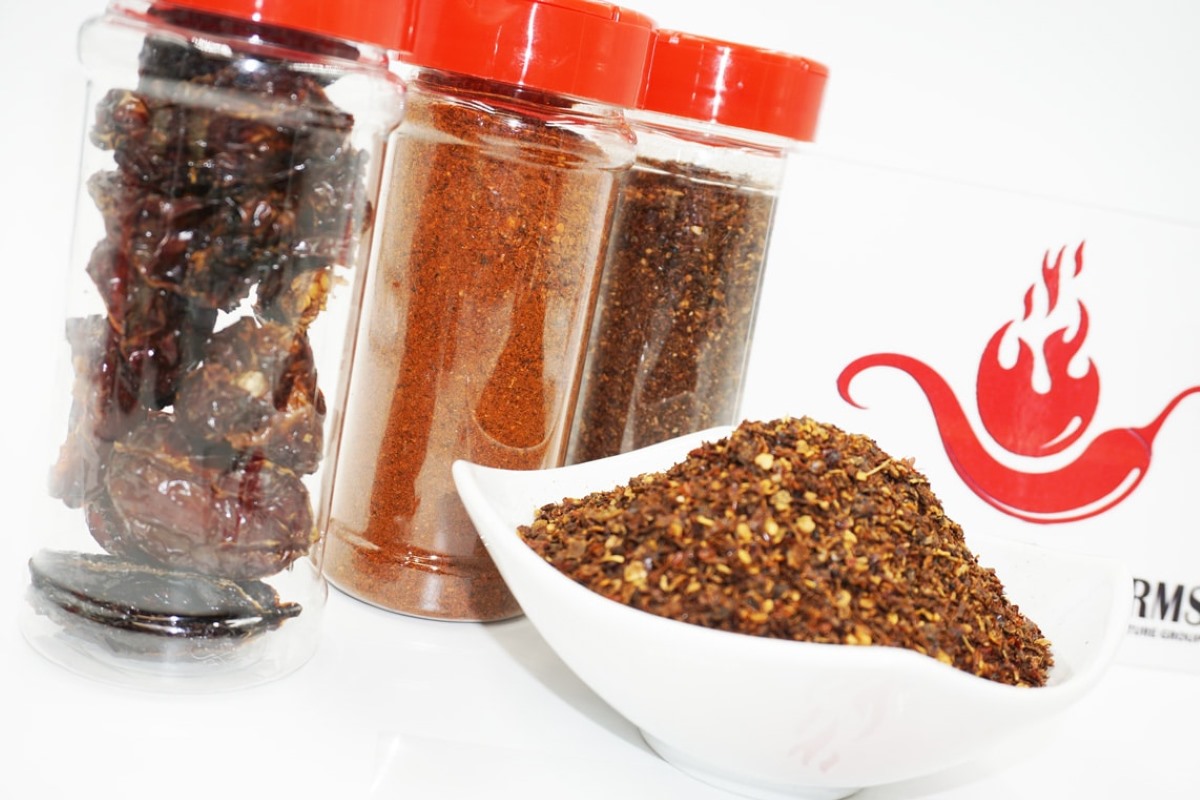
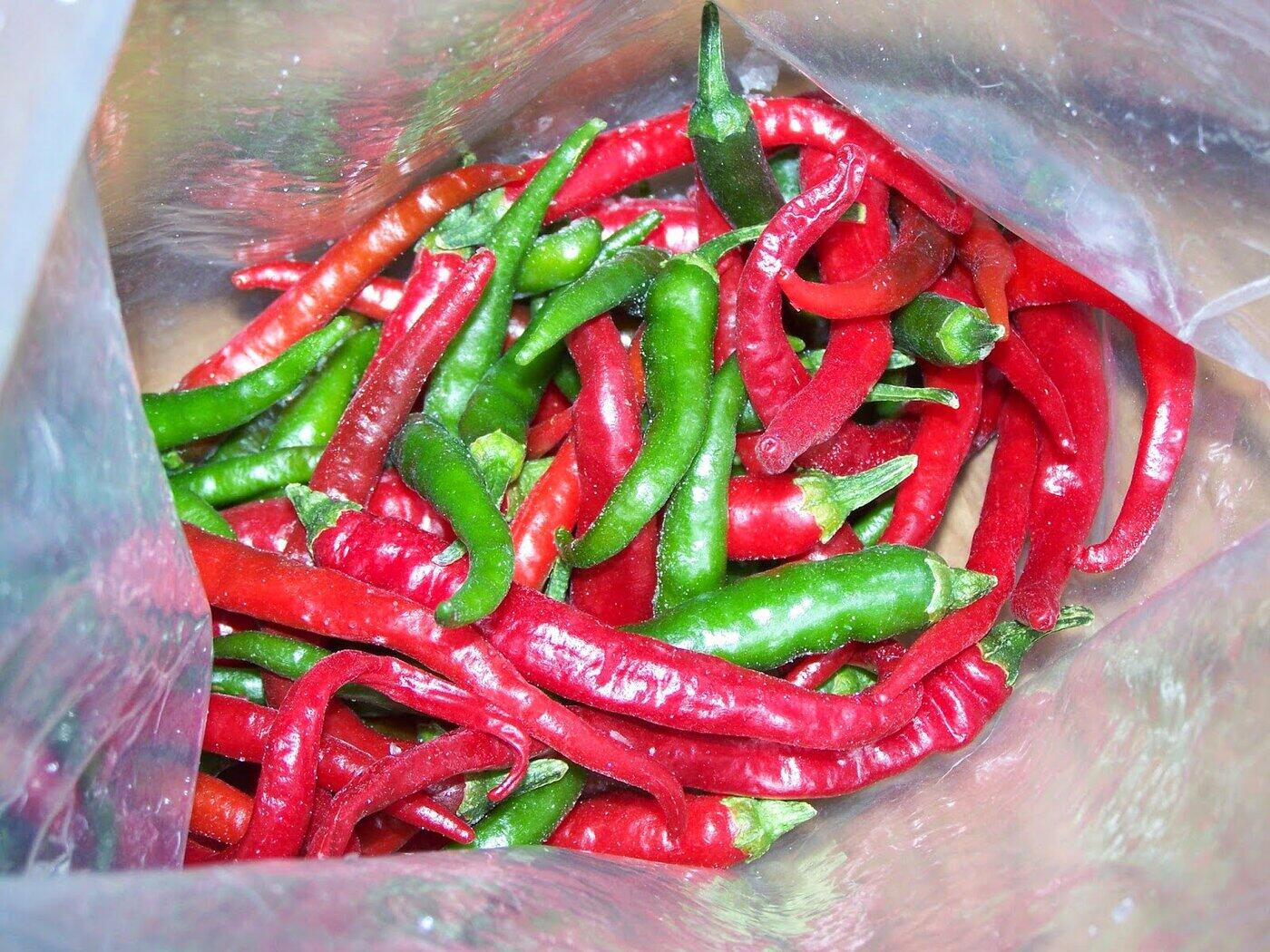
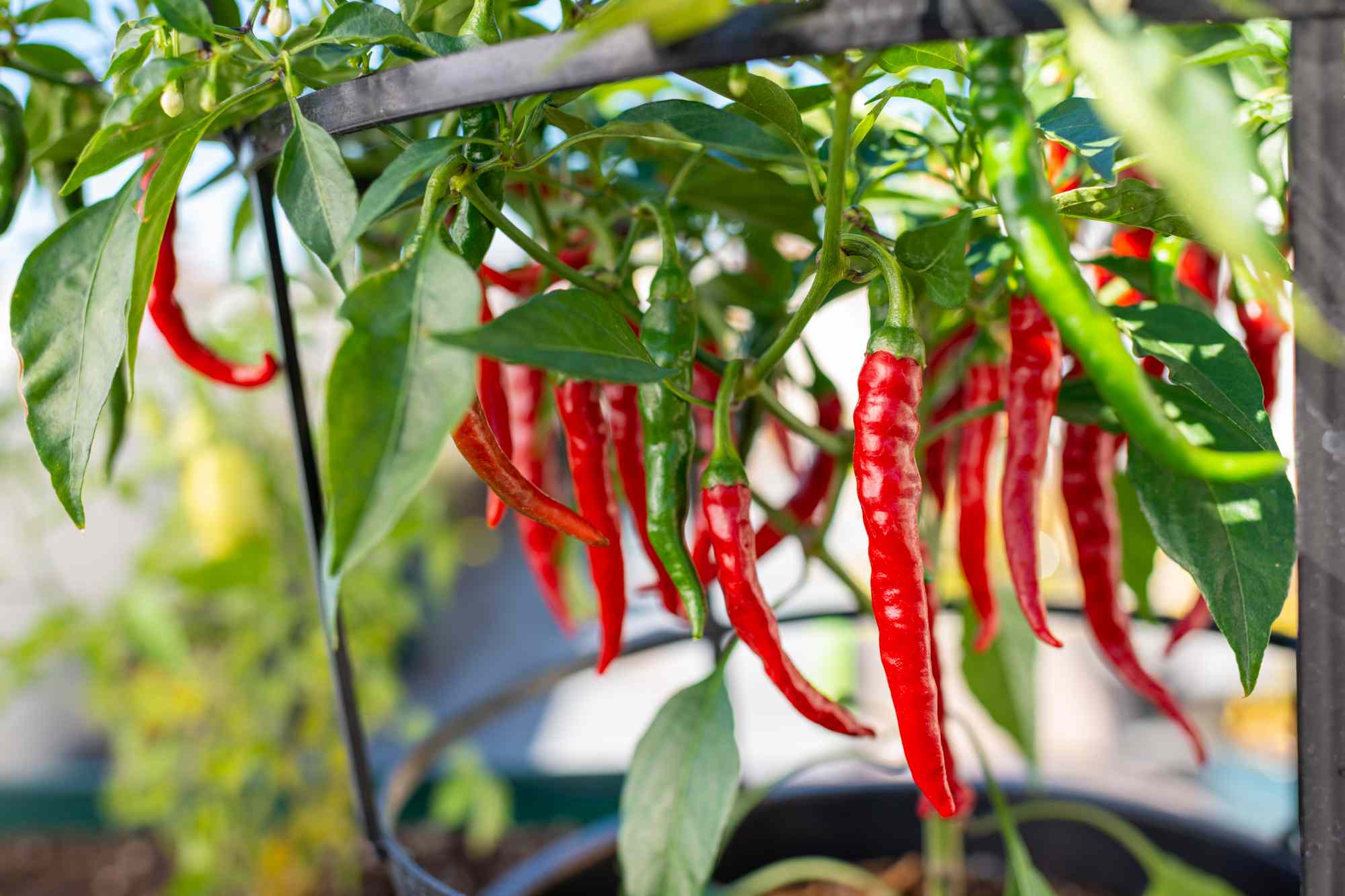
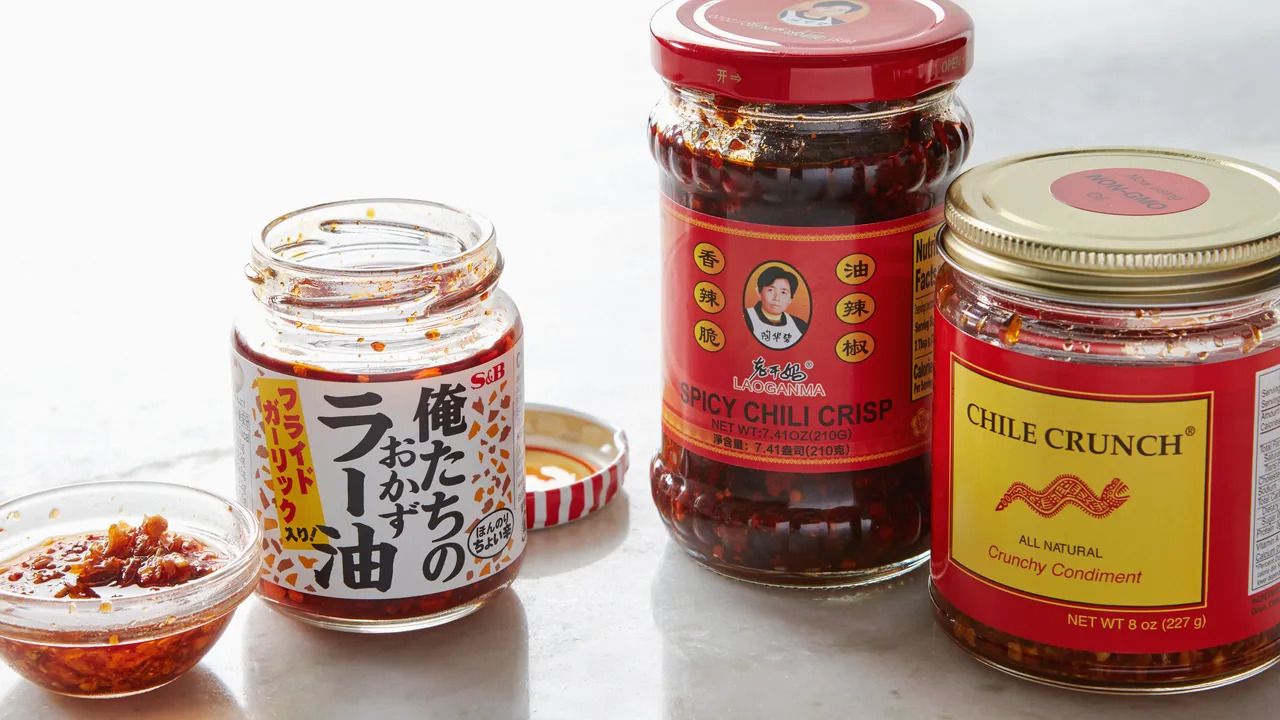
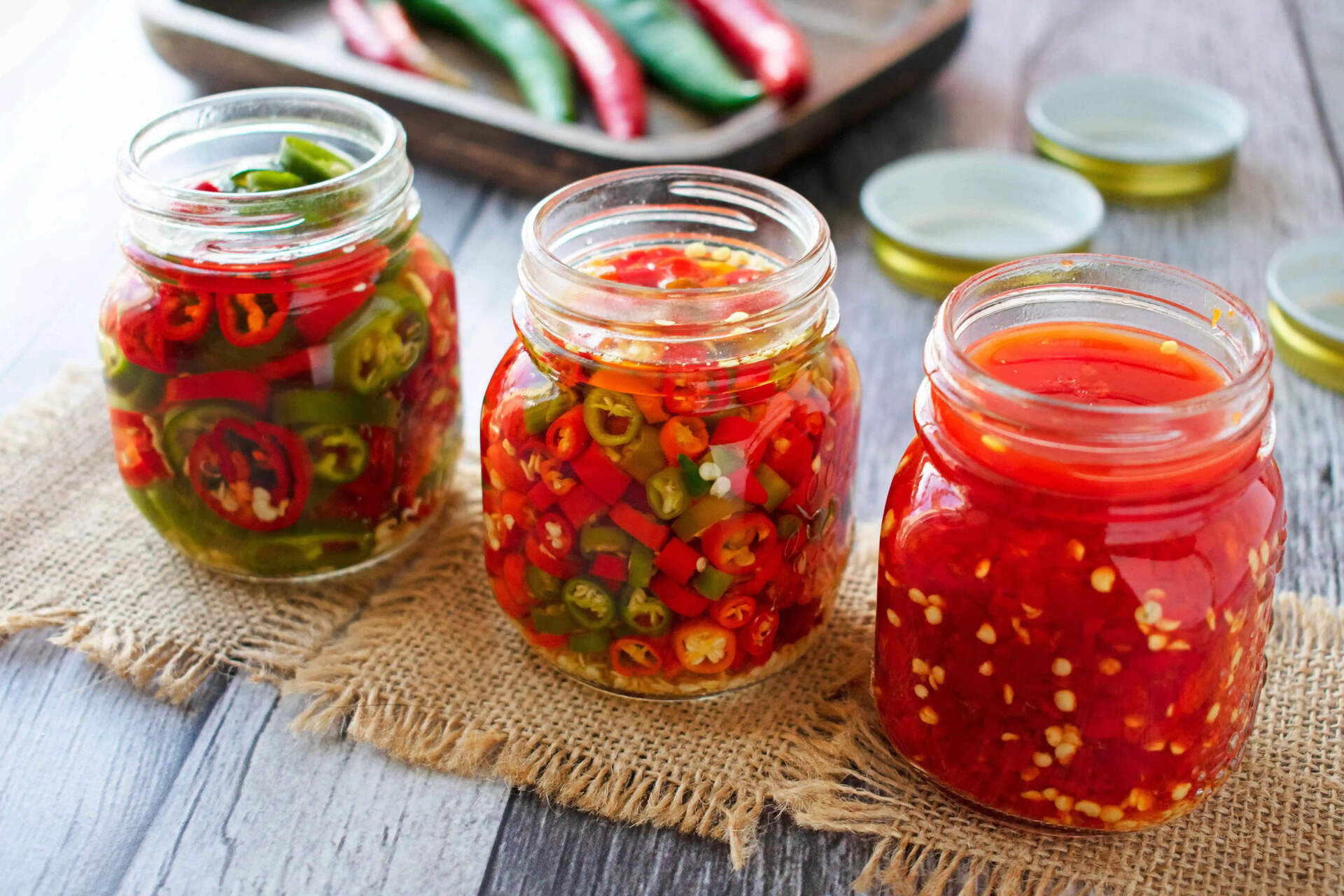
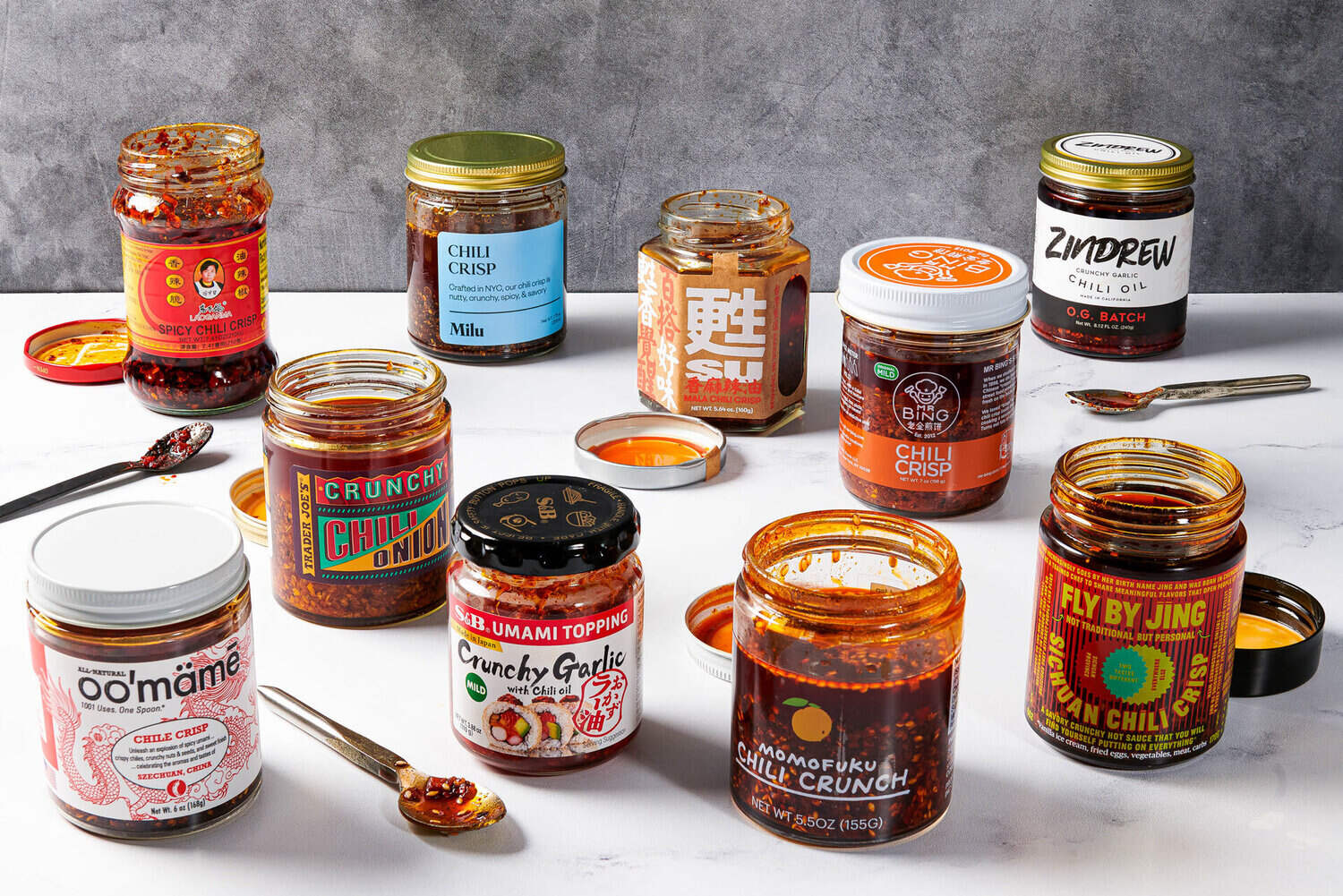
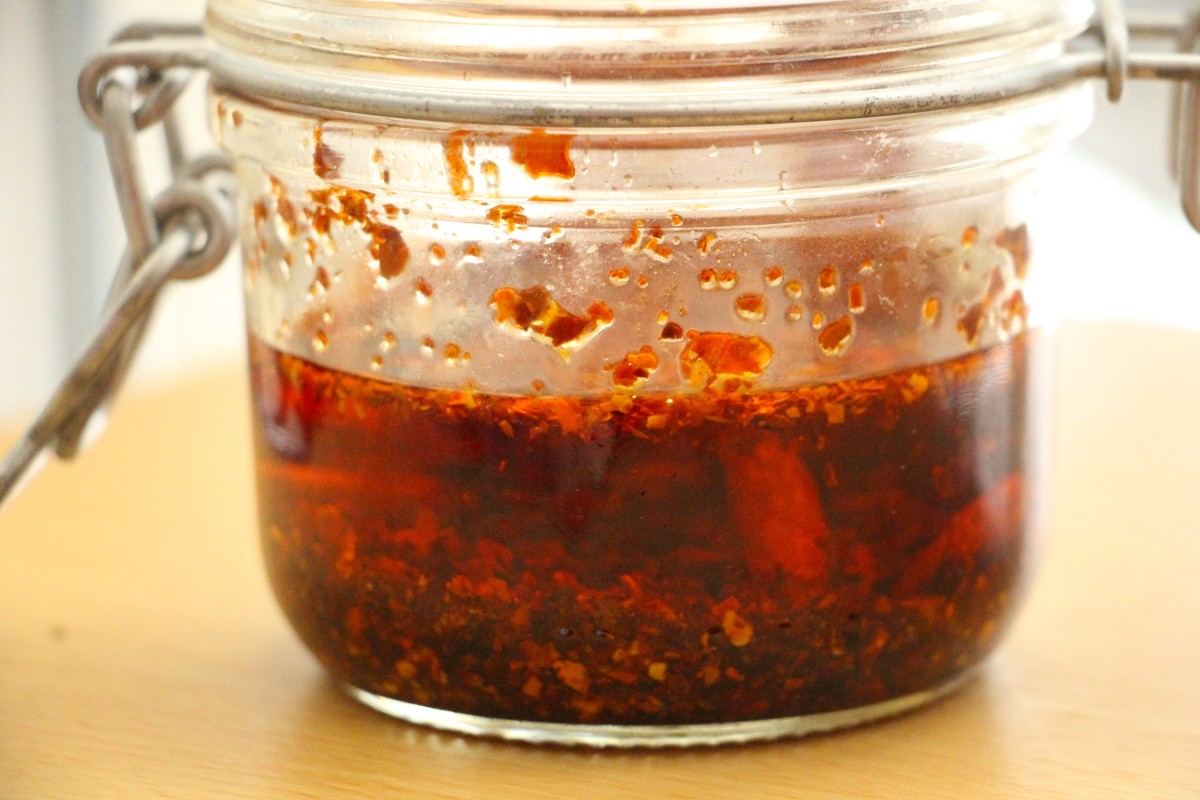
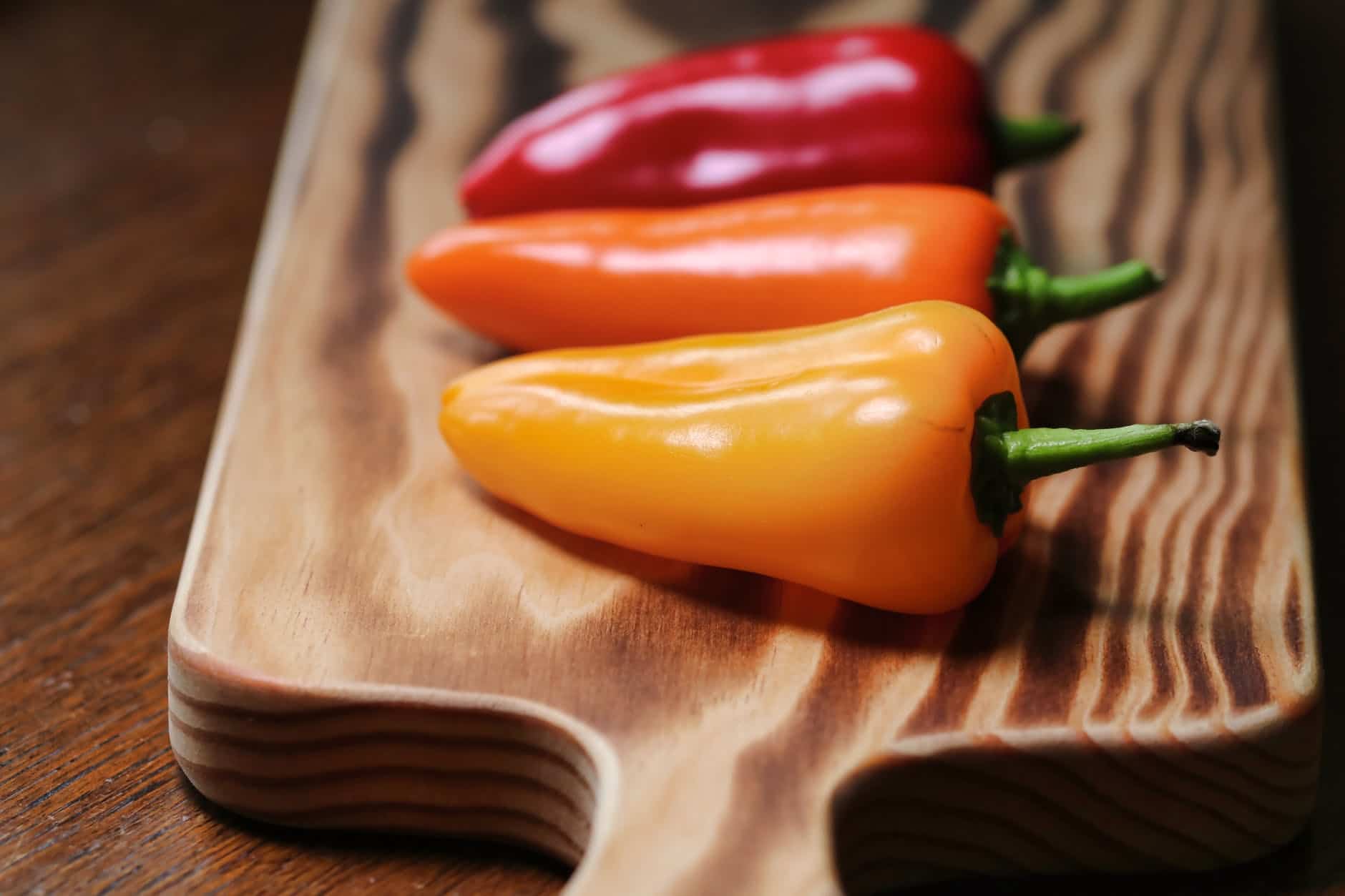
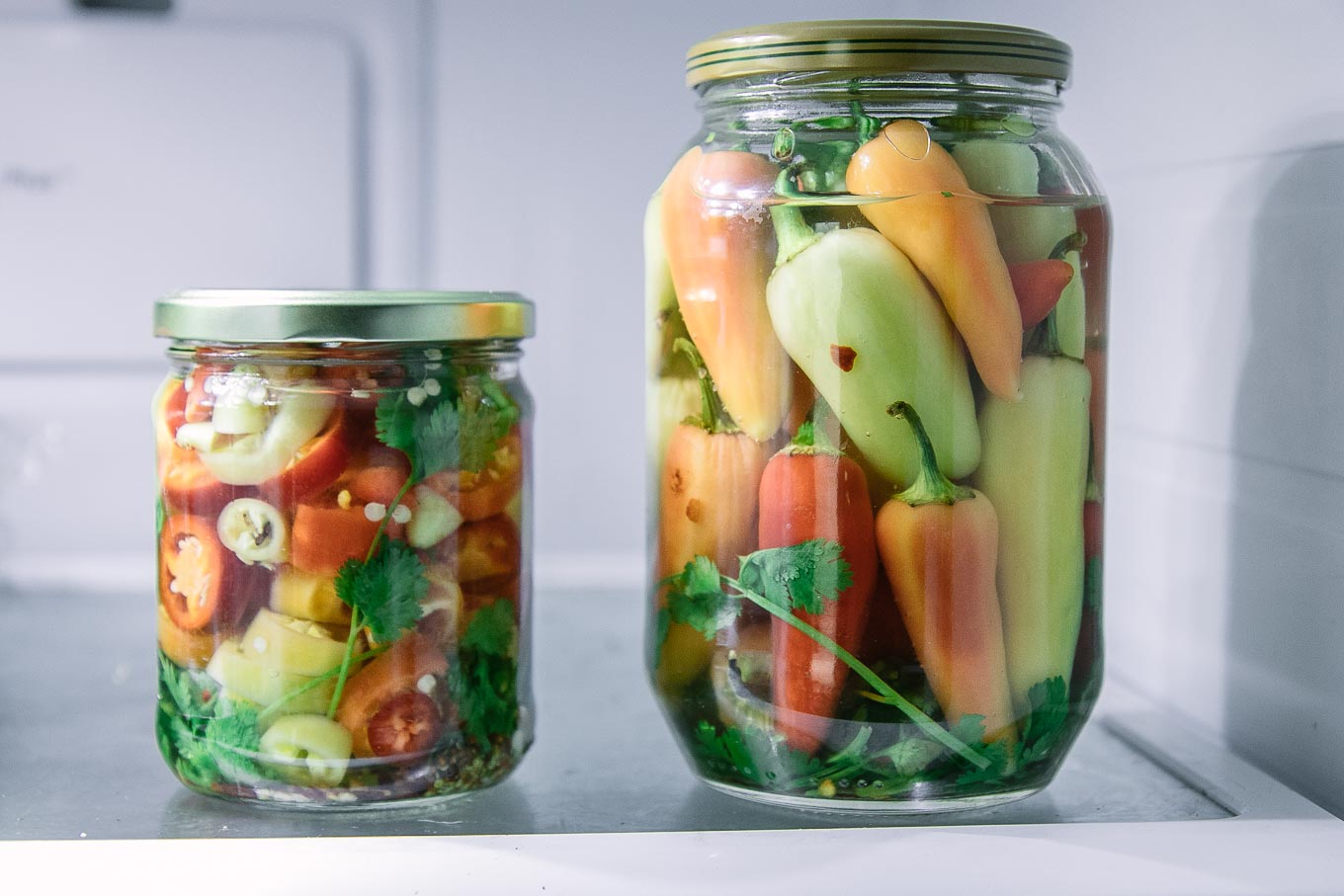
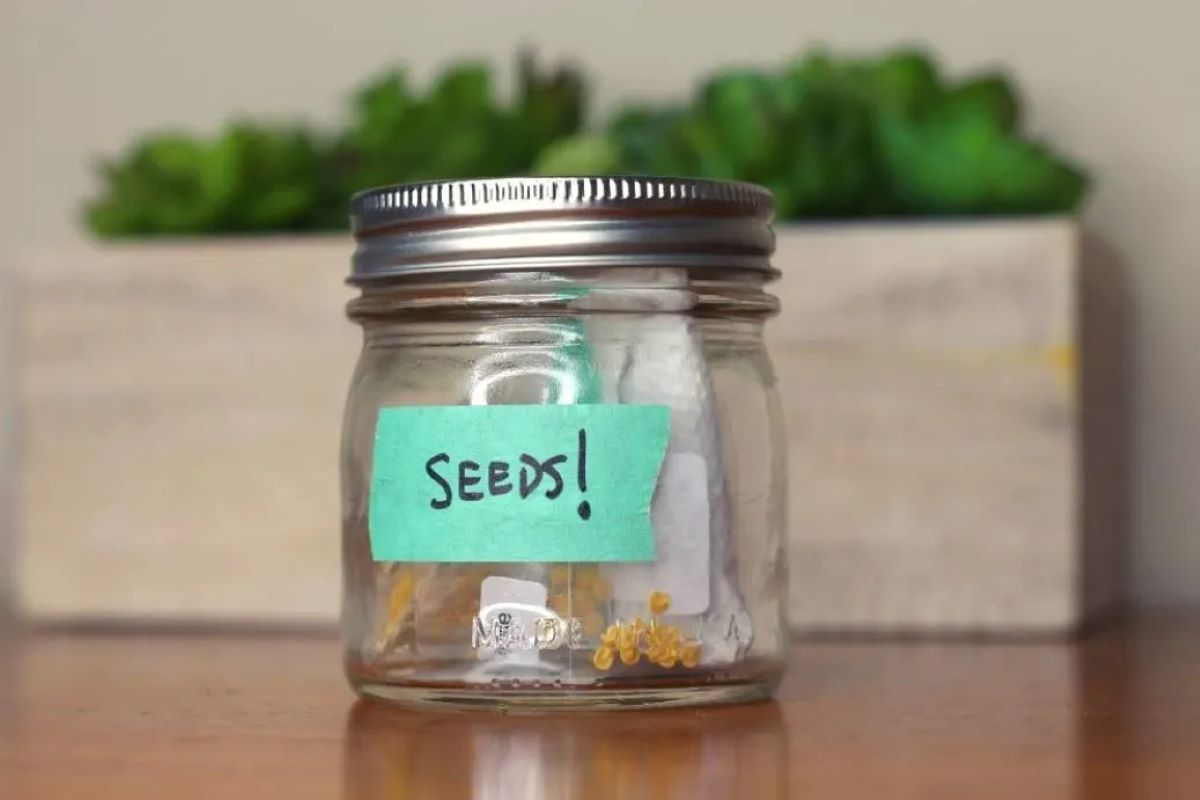
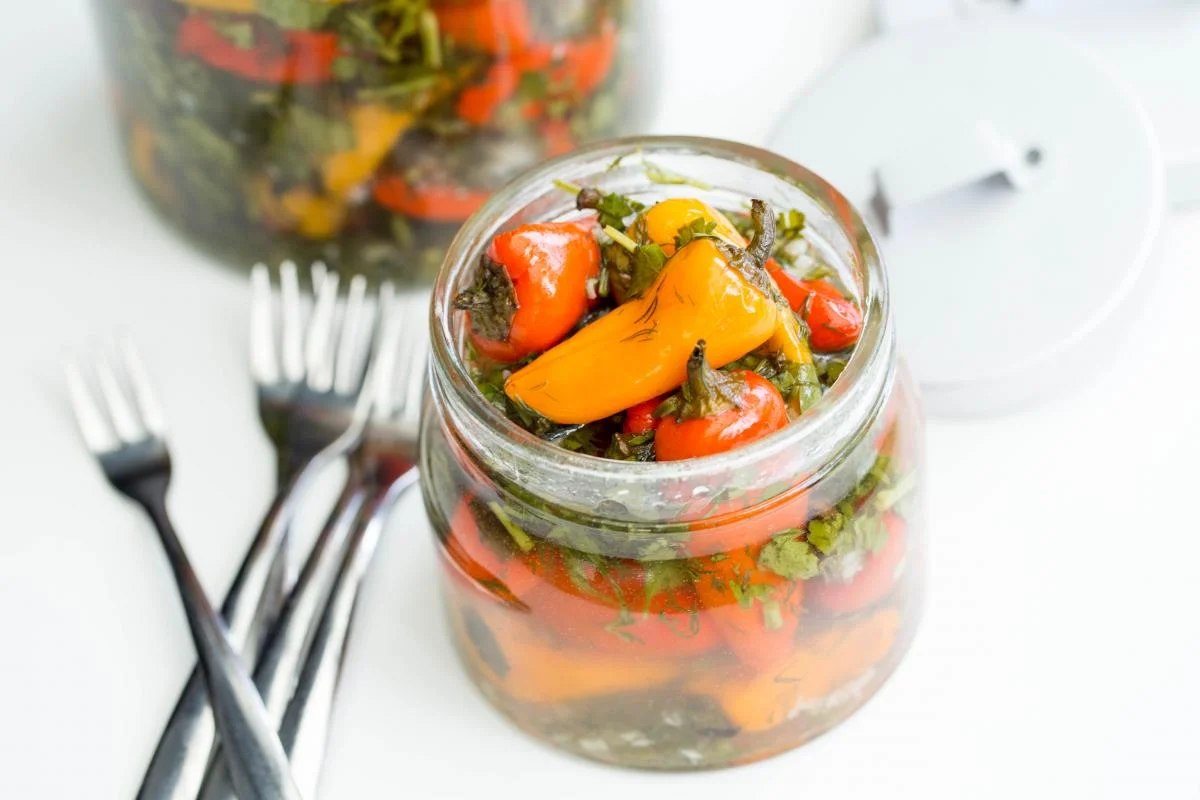
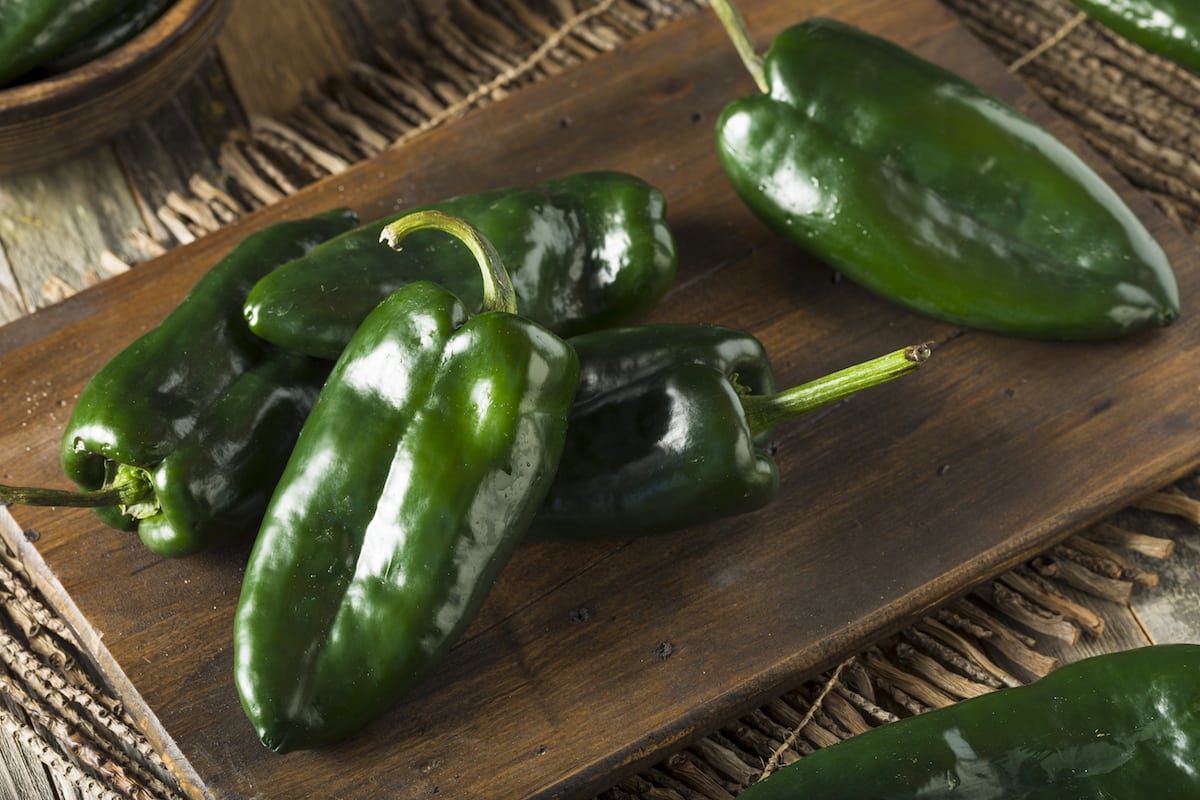
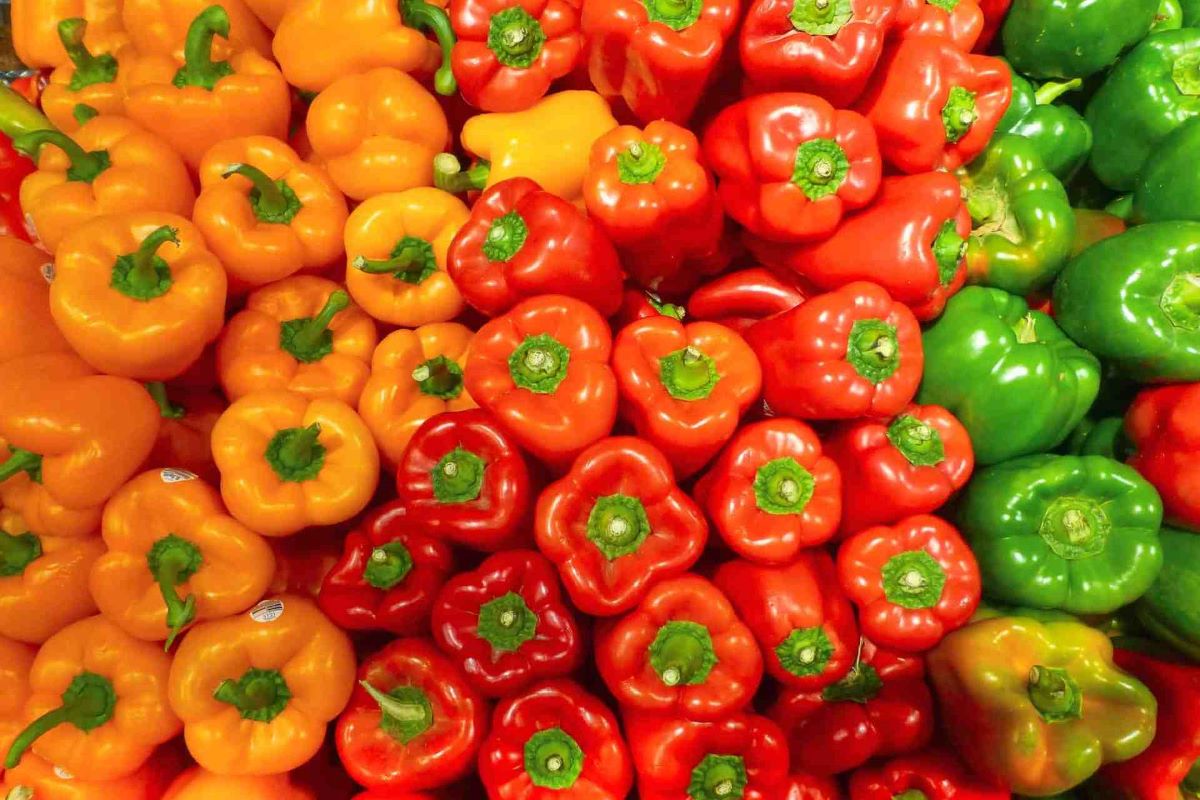
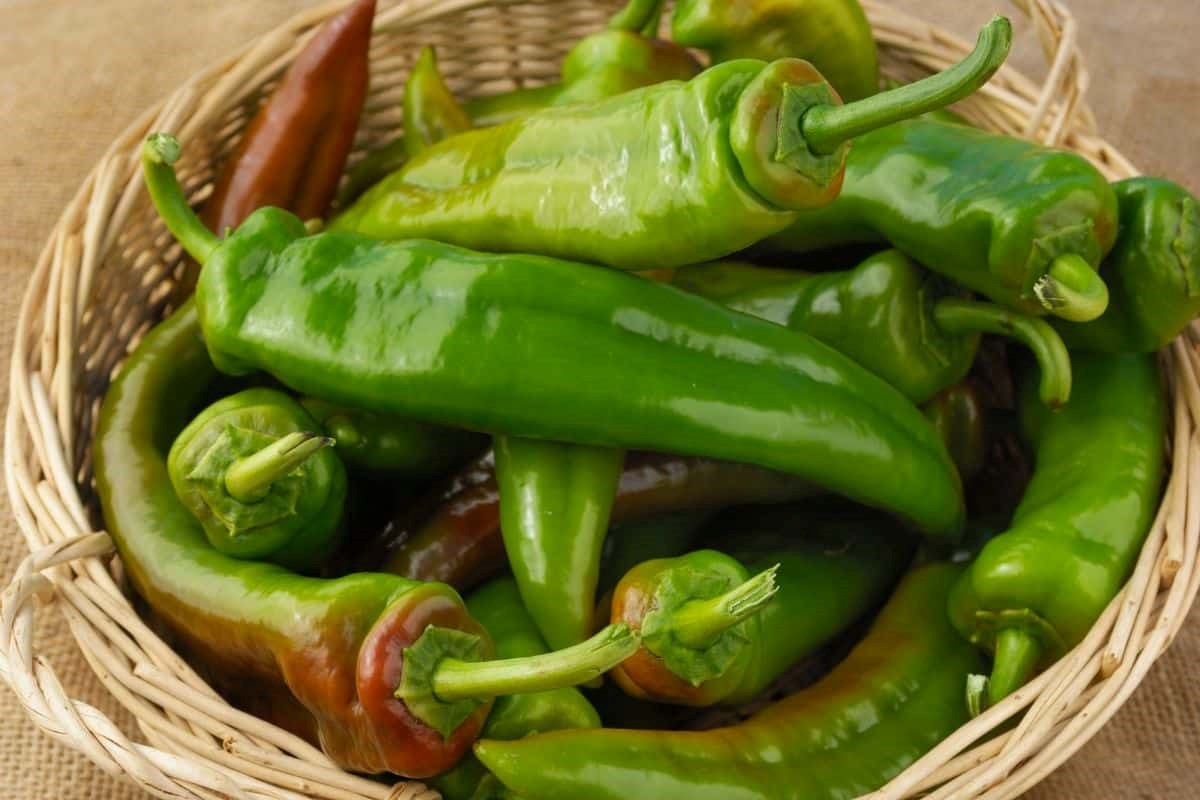

0 thoughts on “How To Store Chili Peppers”